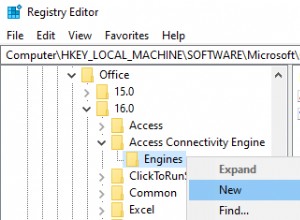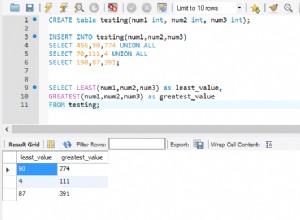मुझे लगता है कि डीडीएल त्रुटि गंभीरता प्रबंधन के साथ एसक्यूएल सर्वर उपचार के बारे में आप कुछ भी नहीं कर सकते हैं, इसमें से कुछ एसक्यूएल सर्वर द्वारा स्वचालित रूप से (उदाहरण के लिए जबरन वापस लेनदेन) संभाले जाते हैं।
आप बस इतना कर सकते हैं कि अपने स्क्रिप्ट कोड को इसके चारों ओर सामना करें और स्क्रिप्ट उपयोगकर्ताओं को वर्णनात्मक त्रुटि प्रदान करें।
एक उदाहरण:
-- drop table thetransformersmorethanmeetstheeye
-- select * from thetransformersmorethanmeetstheeye
-- first batch begins here
begin tran
create table thetransformersmorethanmeetstheeye(i int); -- non-erring if not yet existing
-- even there's an error here, @@ERROR will be 0 on next batch
ALTER TABLE [dbo].[Table1] WITH CHECK ADD CONSTRAINT [FK_constraint] FOREIGN KEY([field1], [field2])
REFERENCES [dbo].[Table2] ([field3], [field4]);
go -- first batch ends here
-- second batch begins here
if @@TRANCOUNT > 0 begin
PRINT 'I have a control here if things needed be committed or rolled back';
-- @@ERROR is always zero here, even there's an error before the GO batch.
-- @@ERROR cannot span two batches, it's always gets reset to zero on next batch
PRINT @@ERROR;
-- But you can choose whether to COMMIT or ROLLBACK non-erring things here
-- COMMIT TRAN;
-- ROLLBACK TRAN;
end
else if @@TRANCOUNT = 0 begin
PRINT 'Sql Server automatically rollback the transaction. Nothing can do about it';
end
else begin
PRINT 'Anomaly occured, @@TRANCOUNT cannot be -1, report this to Microsoft!';
end
-- second batch implicitly ends here




